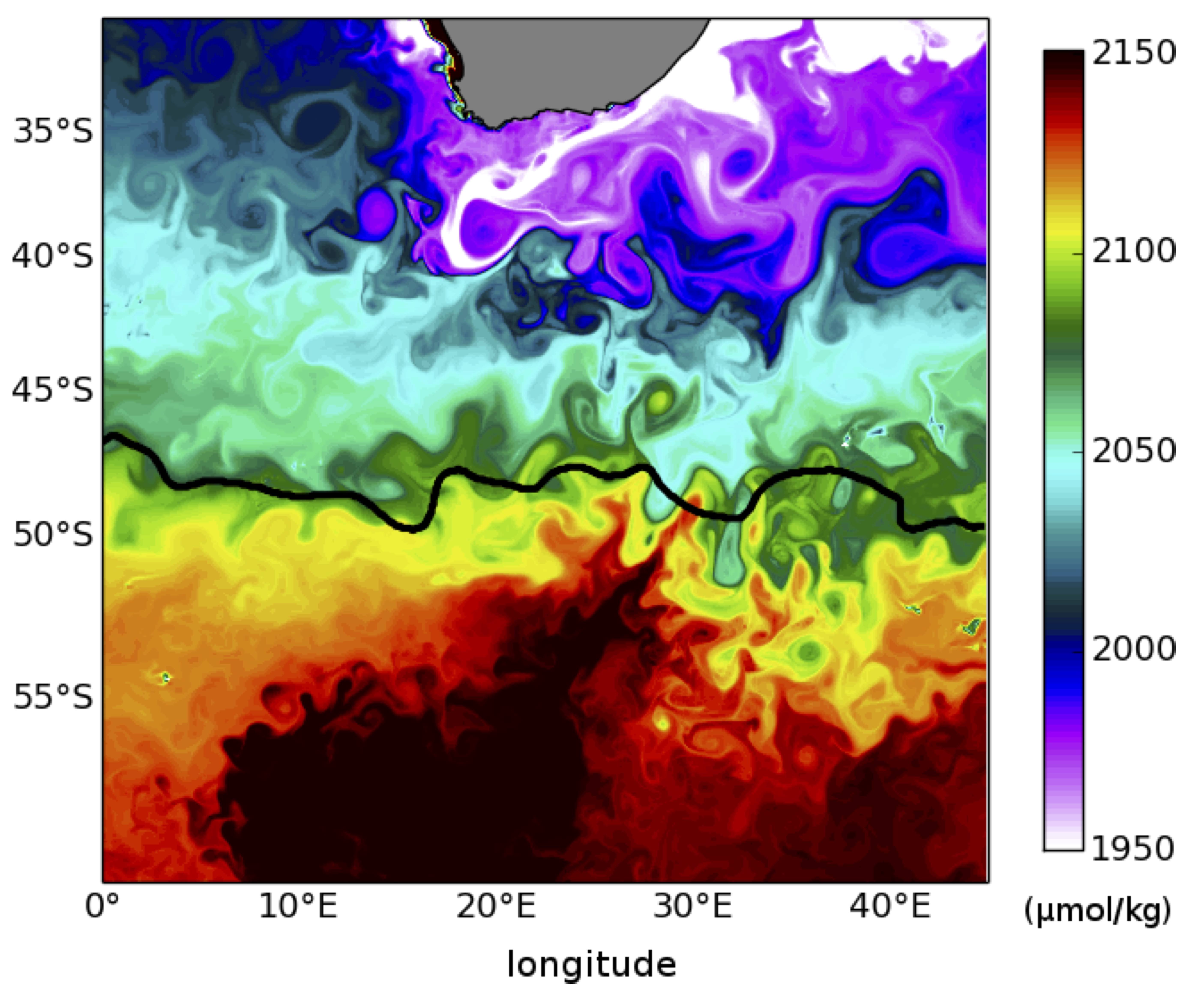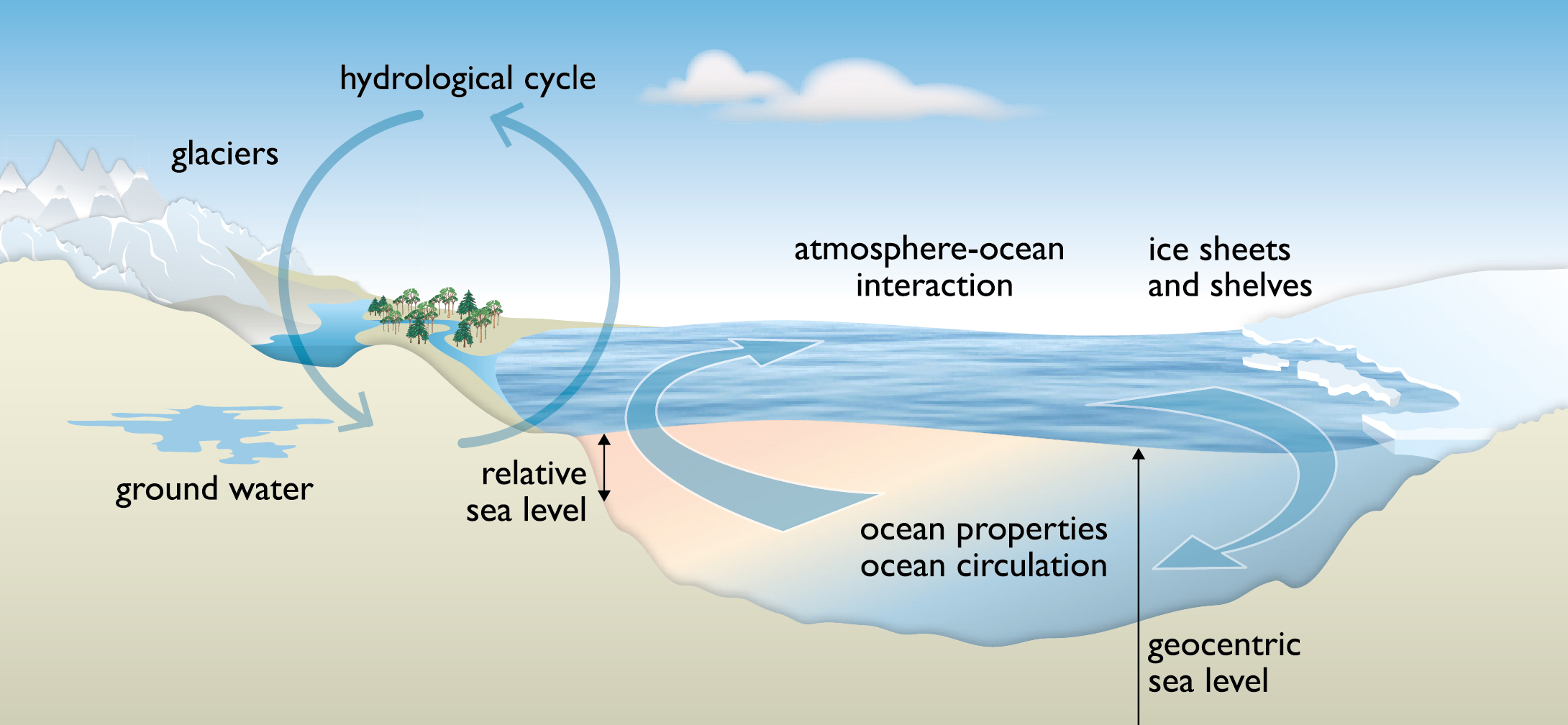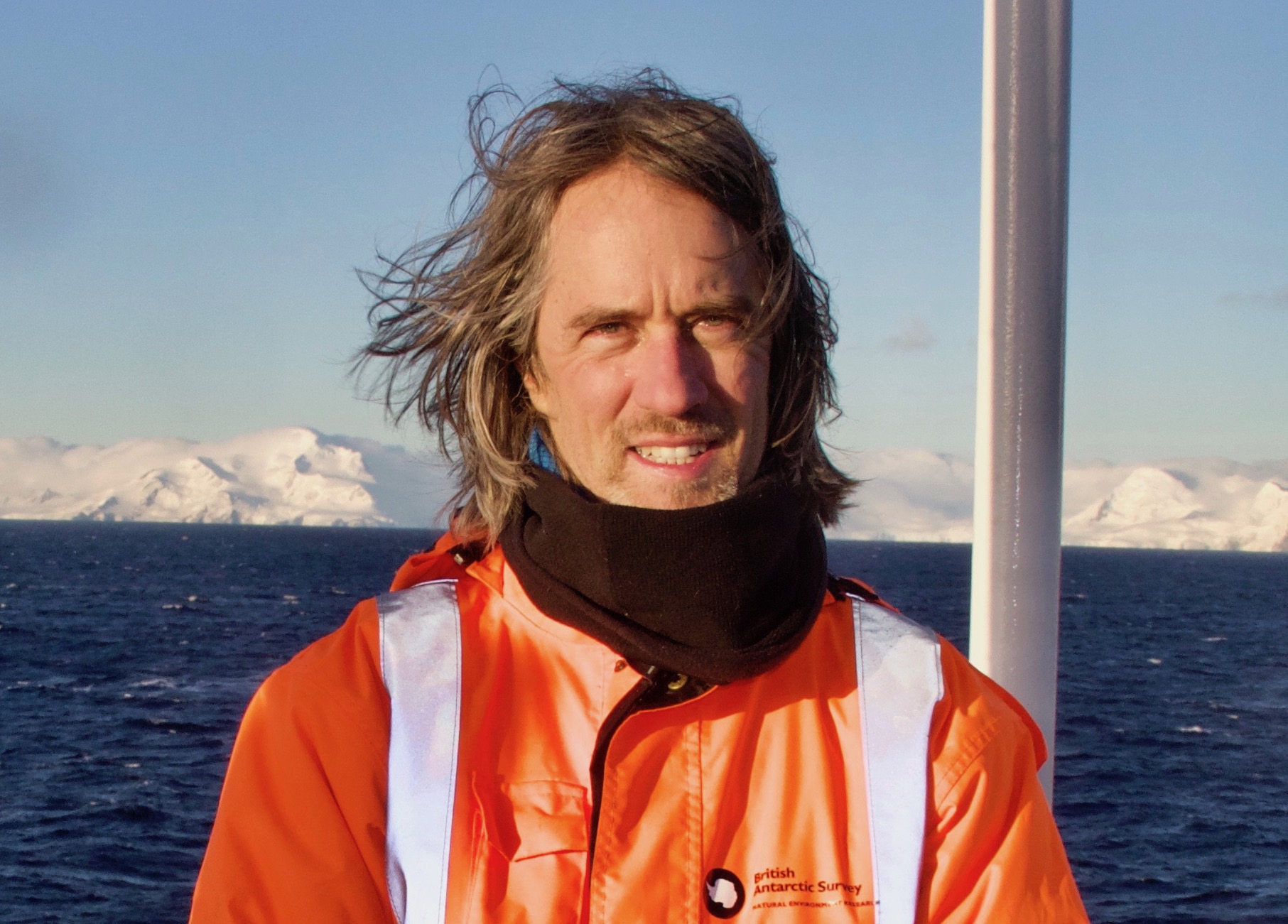Here we sample work that focuses on mesoscale eddy mechanics and sea level variations + change.
Eddy Mechanics
Most of the ocean kinetic energy occurs within transient mesoscale eddies, with lateral scales extending from tens of kilometers in the high latitudes to hundreds of kilometers near the equator. This animation, generated from the GFDL CM2.6 coupled model, provides a compelling view on mesoscale eddies in action. These eddies have a significant impact on the transport of momentum, vorticity, heat, freshwater, carbon, nutrients, and biota throughout the oceans.
Papers
- On the discrete normal modes of quasigeostrophic theory: Yassin and Griffies (2021)
- Kinetic energy transfers between mesoscale and submesoscale motions: Naveira Garabato et al (2021)
- Role of mixed-layer instabilities in the seasonal evolution of eddy kinetic energy spectra in a global submesoscale permitting simulation: Khatri et al (2021)
- Roles of the ocean mesoscale in the horizontal supply of mass, heat, carbon and nutrients to the Northern Hemisphere subtropical gyres: Yamamoto et al (2018)
- Identifying Lagrangian coherent structures in a mesoscale eddy-permitting ocean model: Tarshish et al (2018)
- Frequency-domain analysis of forced versus intrinsic ocean surface kinetic energy variability in GFDL’s CM2-O model hierarchy: O'Rourke, Arbic, and Griffies (2018)
- Enhanced warming of the Northwest Atlantic Ocean under changes to forcing: Saba et al (2016)
- Impacts on ocean heat from transient mesoscale eddies in a hierarchy of coupled models: Griffies et al (2015)
- The catalytic role of beta effect in barotropization processes: Venaille, Vallis, Griffies (2013)

Questions
Studies of ocean mesoscale eddy mechanics requires a rigorous
understanding of geophysical fluid mechanics along with strong skills
in mathematics, physics, and computational analysis. Many of the
cutting edge research questions sit at the interface between the
mesoscale and the smaller sub-mesoscales and even touch into the
gravity wave scales. These questions relate to how fundamental
processes operate in the ocean (and atmosphere), and impact how we
understand and simulate the ocean and its role within the earth system
system.
Here are a few of the questions that interest me concerning
eddy mechanics.
- How do mesoscale eddies interact with topography? With the submesoscale? With gravity waves?
- How much diapycnal mixing is associated with mesoscale eddies?
- How do mesoscale eddies vertically transport heat, carbon, and other tracers, and what model resolution is required to accurately represent this transport?
- How do we accurately parameterize transport from mesoscale eddies for use in earth system simulations? Is an energetic framework effective for formulating closures? What about coarse-graining and methods used in physics associated with non-equilibrium thermodynamics and the renormalization group?
Sea Level
There are significant socio-economic impacts from sea level rise on populations and environments in coastal areas and islands. Furthermore, many of the displaced populations stress regions away from the coast.
Papers
- Response of Storm-related Extreme Sea Level along the US Atlantic Coast to Combined Weather and Large scale Forcing: Yin, Griffies, et al. (2020)
- Concepts and Terminology for Sea Level: Mean, Variability and Change, Both Local and Global: Gregory, Griffies, et al (2019)
- Sea Level and the Role of Coastal Trapped Waves in Mediating the Influence of the Open Ocean on the Coast: Hughes, Fukomori, Griffies, et al. (2019)
- Multi-decadal weakening of Indian Ocean summer monsoon circulation induces an increasing northern Indian Ocean sea level: Swapna et al (2017)
- An assessment of global and regional sea level for years 1993–2007 in a suite of interannual CORE-II simulations: Griffies et al (2015)
- Sea level changes forced by Southern Ocean winds: Frankcombe et al (2013)
- Physical processes that impact the evolution of global mean sea level in ocean models: Griffies and Greatbatch (2012)
- Rapid barotropic sea level rise from simulated ice-sheet melting scenarios: Lorbacher et al, (2012)
- Spatial Variability of Sea-Level Rise in 21st Century Projections: Yin, Griffies, and Stouffer (2010)
- The impact of Greenland melt on regional sea level: a preliminary comparison of dynamic and static equilibrium effects: Kopp et al (2010)

Questions
Global sea level rise will be realized by no single location, with
diverse regional patterns affected by a suite of geophysical,
oceanographic, and anthropogenic mechanisms. There are many basic and
applied questions to be addressed in the study of sea level, with
research benefiting from a sound understanding of geophysical fluid
mechanics, geophysics (e.g., geodesy), and coastal oceanography.
Here are a few of the questions that interest me concerning
sea level variations and change.
- Will extreme sea level events occur more frequently in the future?
- What are the mechanisms for regional sea level change, in particular those affecting coastal regions?
- How will ice shelves and ice sheets respond to warming subsurface ocean waters?
- How does sea level along the coasts reflect sea level within the ocean interior?
- How will changes to the gravity field, arising from changes in ice sheet masses, impact on the ocean circulation?
- How accurate can we predict changes to coastal sea level?
